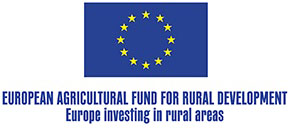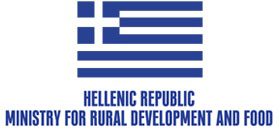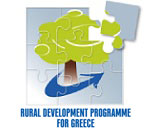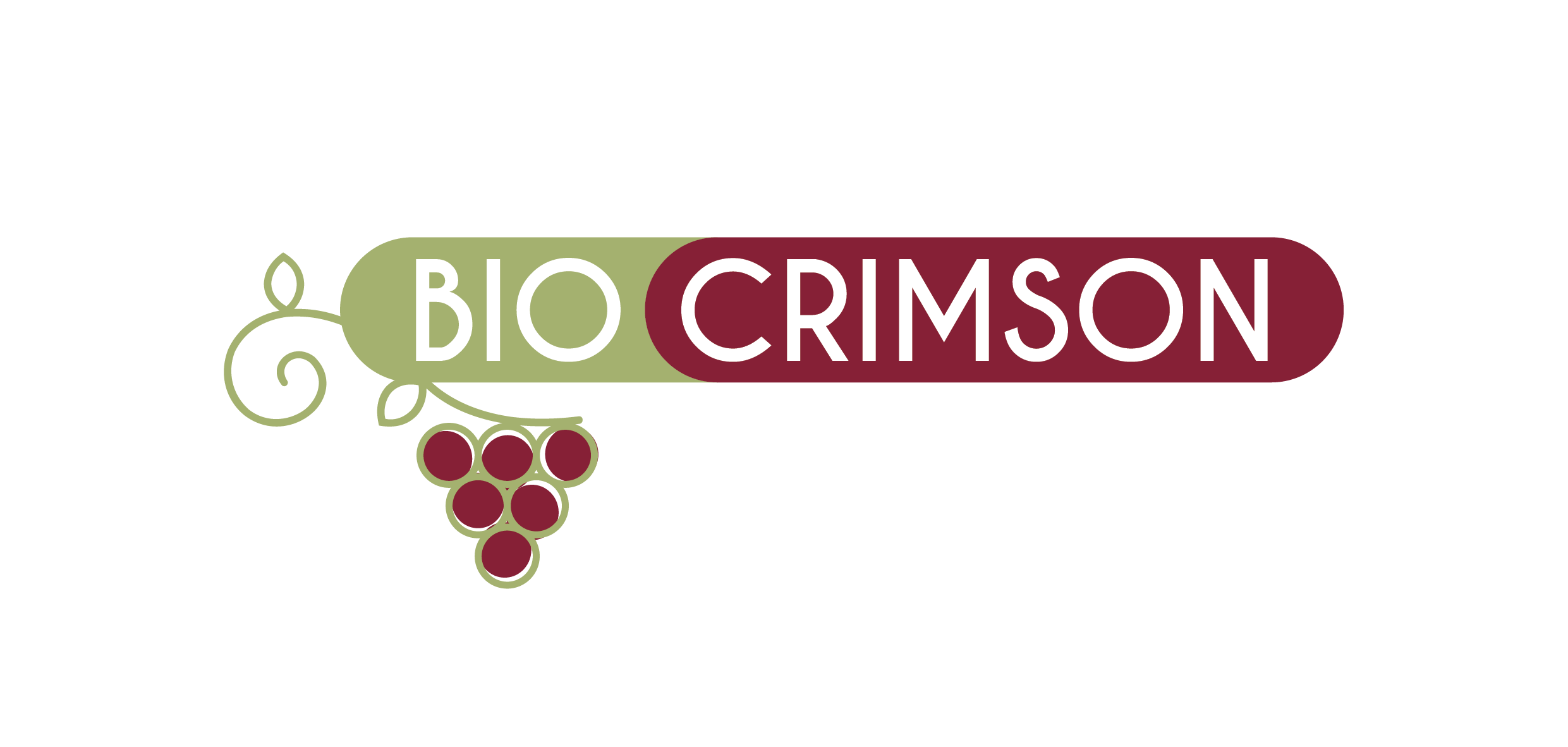Biostimulants, optimal dosage, and application timing for the Crimson variety
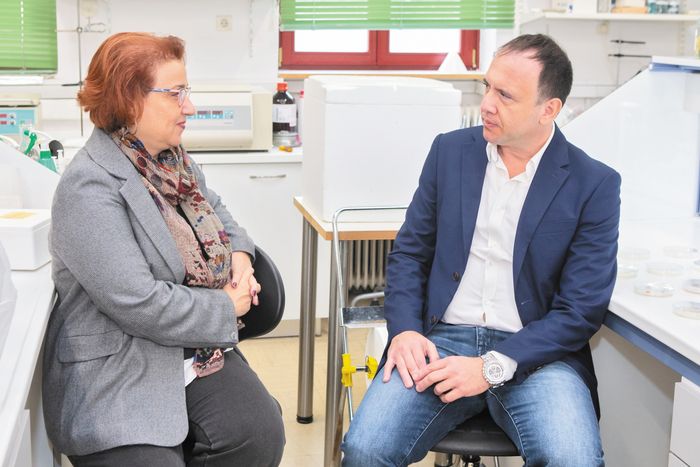
Biostimulants, optimal dosage, and application timing for the Crimson variety
Dr Konstantinos Aliferis of AUA talked to ‘Ypaithros’ about the idea of using biostimulants and the significant benefits of implementing innovative technologies in viticulture. He heads research in these fields through his participation in the ‘BIO-CRIMSON’ Operational Group, in partnership with companies such as GAIA Epicheirein, having now recorded remarkable results, with tangible profits for farmers.
interview with Tania Georgiopoulou
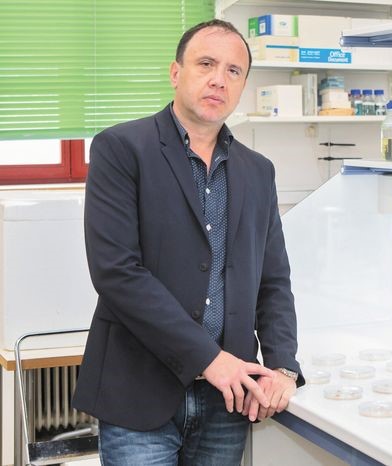
Your research focuses on the cultivation of table grapes. Can you describe the problem you are trying to address?
The area covered by vineyard cultivations in Greece is 1 million stremma (100,000 hectares). Greece is the third largest table grape producer in the EU, with an annual production of 300,000 tonnes and a share of 21%. Plant protection of the crop is mainly based on the application of chemical preparations that have been approved by the Greek Ministry of Rural Development and Food, to treat pathogens and insect-enemies that affect it, causing significant reductions in yield and the quality of the product.
Unfortunately, however, there are important yield losses caused by pathogens, enemies, and abiotic agents (drought, heatwaves, etc.), while at the same time, the existence of residues of plant protection products leads to a qualitative degradation of the products.
“Research related to biostimulants is perhaps the most interesting development in recent years in the field of plant sciences”
You use biostimulants. Can you explain exactly how plant protection works for vineyards?
Biostimulants are a new category of products of particular research interest, as they act on plants in multiple ways. Some of them have the ability to impact the defence mechanisms and resilience of the plants to abiotic stresses, to improve nutrient intakes, and to regulate plant metabolisms. This makes it possible to promote plant growth, while reducing inputs from chemical plant protection products and fertilisers, the prices of which have risen sharply lately.
Can the “solution” you are proposing be applied to other vine varieties as well?
Research related to biostimulants is perhaps the most interesting development in recent years in the field of plant sciences. Beyond the requirements of the Green Deal relating to the restriction of plant protection products, climate change (drought, high temperatures, decrease of water reserves) and the salinity of soils render research for the discovery and development of new-generation products, such as biostimulants, imperative. Although the action mechanism of the various products is not the same, it is expected that the application of innovative technologies, such as metabolomics (collecting data to form a unique treatment plan for each case), which our research team is highly specialised in, will provide information on the optimal dosage and application time for the Crimson variety, which is the scope of the project. The biostimulants studied in the context of the project are applied to various cultivated species, as well as other vine varieties.
We are aware that the idea of using biostimulants is currently being implemented through the ‘BIO-CRIMSON’ Operational Group, in which AUA’s Laboratory of Pesticide Science and you, as scientific director, are members. How was your Operational Group created and which members does it consist of?
Our research team agreed to collaborate with Pegasus Agricultural Cooperative and GAIA Epicheirein. Pegasus Agricultural Cooperative is based in the Regional Unit of Corinth, it has a total cultivated area of 170 hectares, and is an innovative cooperative that specialises in integrated sustainable vineyard management. At the same time, it is a pioneer in the use of modern technologies, such as precision farming. GAIA EPICHEIREIN is also the coordinating body for this project, thanks to its long-term participation in national and international research programmes.
How does your operational group contribute to agricultural productivity and sustainability, which is the goal of Sub-measure 16.1-16.2 of Measure 16 ‘COOPERATION’?
The goal of Sub-measure 16.1-16.2 of Measure 16 ‘COOPERATION’ is to contribute to agricultural productivity and sustainability. This can be achieved by reducing the application of conventional plant protection products and replacing them with more environmentally friendly products, such as biostimulants. This approach is expected to lead to a significant reduction in the required volumes of plant protection products, an increase in yield, and a reduction of residues in the product.
